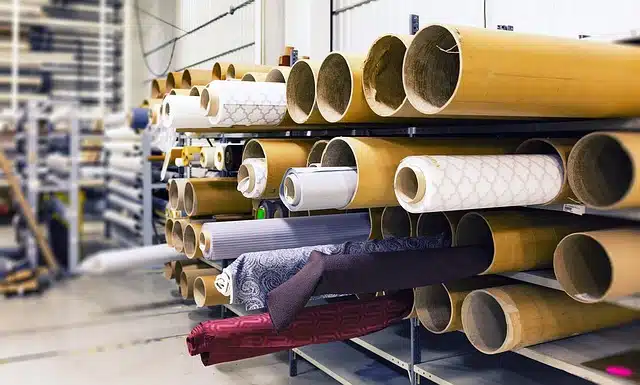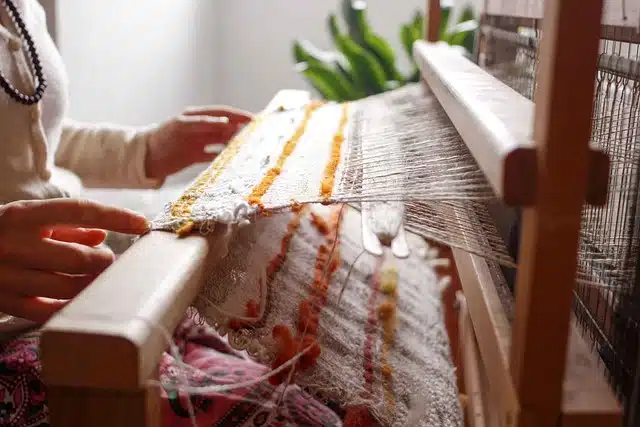
The term textile is associated with the materials, processes and products that we use to dress.
Textile is a term that comes from the Latin word textĭlis . It is an adjective that refers to that linked to fabrics .
Overview
A fabric , meanwhile, is a material that is made by weaving: that is, by interweaving threads (very fine strands or filaments). A textile material , in this framework, can be woven or reduced to threads.
A textile fiber is called a fiber formed by a set of filaments that can constitute threads , which in turn can be woven. There are synthetic, artificial and natural textile fibers.
Woven textile material is known as textile fabric or simply woven . Also, in colloquial language, it is called fabric . These products arise by joining or interweaving threads and are the basis for making clothing, whether dress clothes, linen, etc.
Textile manufacturing
The process that is developed to manufacture fabrics is called textile manufacturing . The activity consists of converting fibers into threads and threads into fabrics, ending in many cases with dyeing to finish the fabric.
Textile manufacturing is part of the textile industry , which ranges from the production of fibers to the manufacture of clothing items. This is an industry of enormous economic importance, as it generates millions of jobs worldwide.
Textile factories have different degrees of technological development. In some, manual or artisanal tasks prevail, while in others there is a widespread presence of different types of machines that automate tasks.
History of the textile industry
Especially in its beginnings, the textile industry was an area in which women worked, and they did so from their own home, with artisanal procedures and techniques. The materials that the workers made were then taken by a seamstress or a tailor , who was in charge of making the textile garments following the specifications of their clients, generally people with high purchasing power, or common garments for later sale.
The increase in the economy and population throughout the beginning of the Industrial Revolution led to the need for workshops for the continuous production of textile fabric. The work was still manual but a large number of employees were concentrated. However, in the 18th century, and especially in the 19th century, this changed substantially, since the first industrial machines appeared that allowed production at a massive level and with an agility that until then was impossible. Although its introduction opened the doors to the modernization of processes, many people lost their jobs .

The textile industry was born in homes, in an artisanal way.
Women's Day
Traditionally, it is said that Women's Day is celebrated on March 8 to remember the event that took place in 1908, when in the midst of a protest in which a group of textile workers demanded that their employer improve their working conditions. He left them locked up and set the building on fire, causing the death of 129 of them. The incident took place at the Cotton factory in New York City. Another relevant fact is the color of the fabric they made, violet, which became the symbol of the fight for women's rights.
But there are those who deny the validity of such a story, explaining that March 8, 1908 was a Sunday, so there was no strike that day. Regarding the fire, which is also not part of this date, there was a fatal one three years later, on March 25, in which many women workers died, but it was in a textile factory called Triangle Shirtwaist Company .
